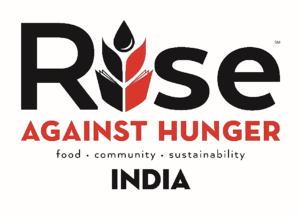Is it possible to end hunger by the year 2030? In order to address the issue of hunger, focus needs to be on the availability and access to quality food for the population with necessary nutrients.
As per statistics of the United Nations, India is home to 190.7 million undernourished people – a 14.5% prevalence of hunger in comparison with its total population. Hunger is one of the major concern areas for countries around the world. The UN resolution on the Sustainable Development Goal (SDG) #2 aims to end all forms of hunger and malnutrition by 2030, making sure all people including children have access to enough and nutritious food all year round.


India has achieved good progress in terms of absolute numbers in containing stunting and wasting among children. However, in the recently released Global Hunger Index 2018 report, India ranked 103rd out of 119 qualifying countries and with a composite score of 31.1, India suffers from a serious level of hunger. This calls for drastic action if we want our next generation to be productive and capable citizens.
In order to address the issue of hunger, focus needs to be on the availability and access to quality food for the population with necessary nutrients. By providing direct food assistance, by building resilient, self-sufficient and empowered communities, accelerated steps should be taken to end hunger for the millions of people who do not receive enough food to live healthy, active lives.
About Rise Against Hunger India (RAHI):













